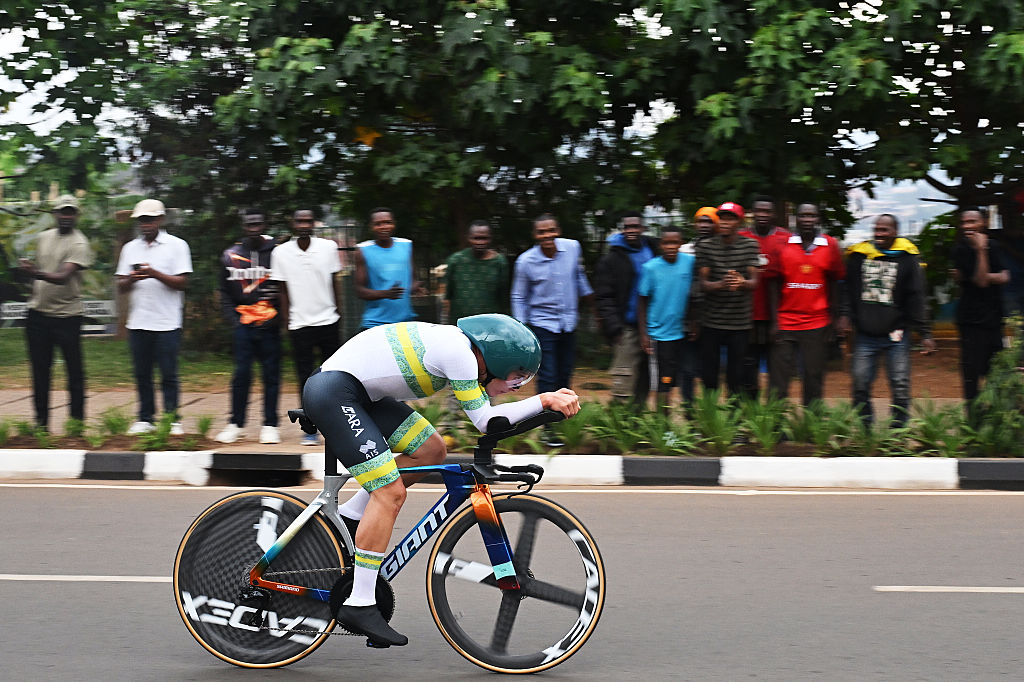Rathe will undergo surgery for iliac artery issue
Jelly Belly rider suffers from the same vascular problem that slowed Joe Dombrowski, Mike Friedman and others
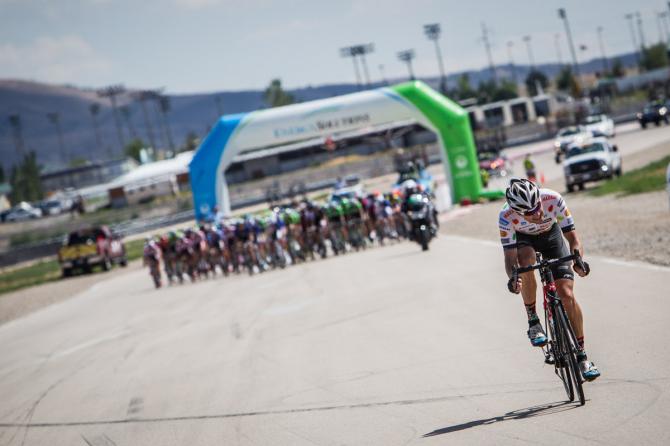
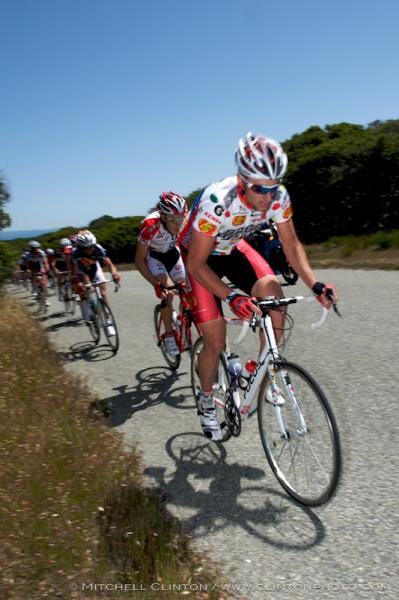
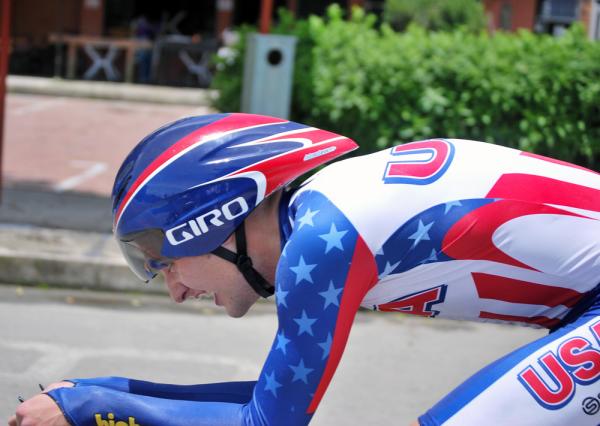
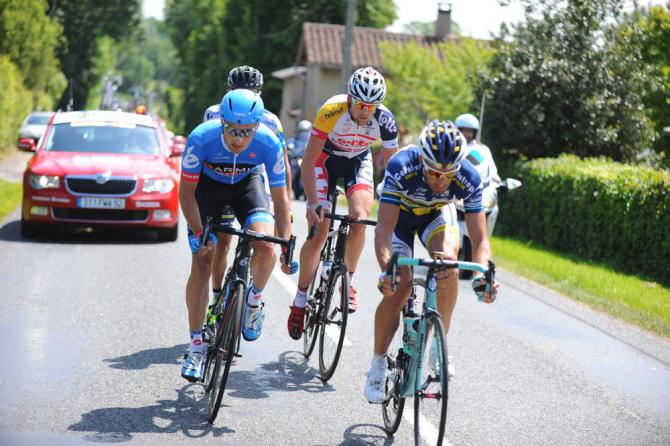
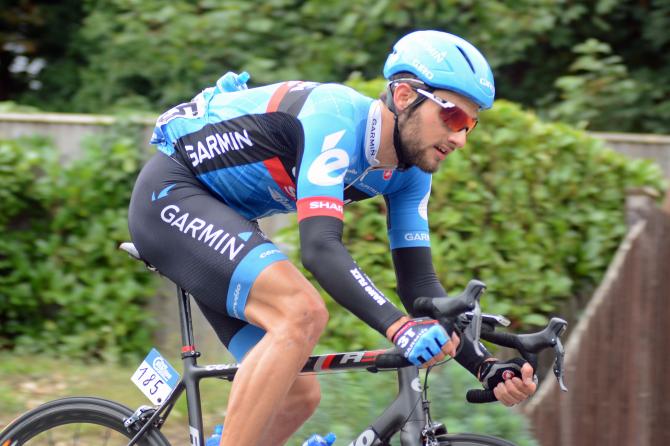
Jelly Belly-Maxxis rider Jacob Rathe will undergo surgery next week in San Diego to correct an artery condition that restricts blood flow to his left leg. The surgery will likely end the 24-year-old's season, although a return near the end of the year is not out of the question.
Known as iliac artery endofibrosis, the condition has been diagnosed more frequently among cyclists, including Cannondale-Garmin's Joe Dombrowski and MTN-Qhubeka's Theo Bos. Retired riders Michael Friedman and Stuart O'Grady were also diagnosed with the vascular issue during their careers.
Exacerbated by the cycling position, iliac artery endofibrosis occurs when the main artery feeding the leg constricts, restricting blood flow to the leg during intense efforts. The reduced blood flow can lead to a loss of power, fatigue, slow recovery from hard efforts and, in some cases, pain. Surgery to correct the constricted blood vessel has successfully returned riders to their previous form.
Despite the growing number of cases in the professional peloton, Rathe suffered from the ill-effects for more than two years before pinpointing the problem. He first started experiencing problems with his left leg during the 2013 season while he was racing at the WorldTour level with Garmin-Sharp.
"It would come on during very hard efforts over three minutes," Rathe told Cyclingnews this week. "At three minutes I would feel it and by six minutes I'd be in a lot of pain, and eventually it was just like it was suffocating; there was a lingering cramping sensation and if you couldn't ease up it would spread."
As bad as it was, the pain was not the only problem. The loss of power in the affected leg, up to 30 percent by Rathe's reckoning, hindered his ability to compete.
"You can participate in races," he said. "You can even do well in some races, depending on the course, but you're basically there until it gets really hard, until the critical moment happens and you don't have it. You can be blocked with pain right when the break is going on a hard day and you just have to sag back until it eases up."
The latest race content, interviews, features, reviews and expert buying guides, direct to your inbox!
Attempts to address the issue, it turns out, were only dealing with the symptoms rather than the ultimate cause.
"The nature of it is that you have a vascular inefficiency that creates muscular imbalances," he said. "So with me, two different sets of physical therapists I worked with, they saw problems that had reason to give me problems on the bike."
Dealing with those visible physical discrepancies only provided temporary relief, however.
"That's why it's very deceptive," Rathe said. "I would feel better and think we were on the right track, but it's just not lasting."
Similarly, before Dombrowski was diagnosed with iliac artery endofibrosis and underwent successful surgery to correct the problem last summer, his own therapists diagnosed with him a multitude of muscular and skeletal problems, including compensating for a leg that was slightly longer than the other.
Rathe thought he had the issues with his leg under control heading into this season, but the worst of the symptoms returned in April during the Redlands Bicycle Classic. While at the race, Rathe learned about iliac artery endofibrosis from a teammate who had recently been diagnosed with the same problem.
"A teammate was talking about this, and I was literally like, 'What is that?'" Rathe said. "I Googled it, and that is it. That is exactly what I have."
Rathe got a referral to a doctor who has treated the problem before, and a few relatively simple blood pressure tests led to the diagnosis; blood pressure in his left leg was 60 percent lower than his right leg after a high-intensity workout.
Rathe's surgery is scheduled for June 29, after which he'll need about two months for a full recovery. Although he realises his season maybe over, knowing that relatively minor surgery could finally address once and for all came as a welcome relief.
"Even though this is a bad problem, it's better than a problem with no solution and going around in circles," Rathe said.
He opted for the mid-season surgery so that he could get the recovery out of the way and focus on returning 100 percent for next season. Besides, he said, he's had two years of racing at less than his best, and he doesn't think another six months of it will do him any good.
"I've already done that for two and half seasons," he said. "That was the most frustrating thing. It's a problem that has maybe the same recovery time as a broken bone or something, but it's the way it slowly manifests. The worst part is how you can just keep going at a bad level without really knowing what's wrong."
Rathe is hoping next week's surgery helps him turn the page on this chapter of his cycling career. But first there is some accounting business to deal with. Because the surgery is out-of-network and not covered by his normal health insurance, he's selling some T-shirts online to help defray the $10,000 to $15,000 worth of medical bills.
Rathe's own "Live on the Edge" designed shirt can be purchased through a crowd-sourcing website at booster.com/jacobrathe.
Growing up in Missoula, Montana, Pat competed in his first bike race in 1985 at Flathead Lake. He studied English and journalism at the University of Oregon and has covered North American cycling extensively since 2009, as well as racing and teams in Europe and South America. Pat currently lives in the US outside of Portland, Oregon, with his imaginary dog Rusty.
